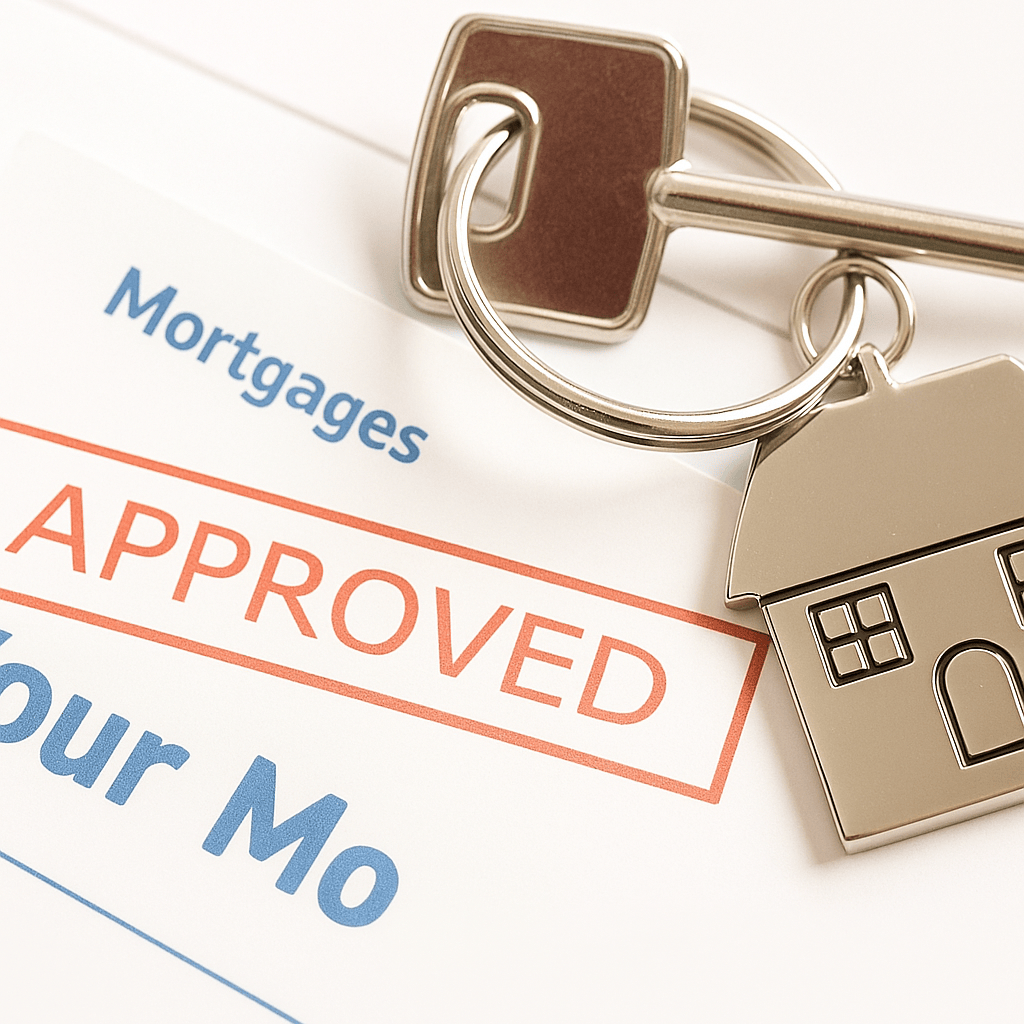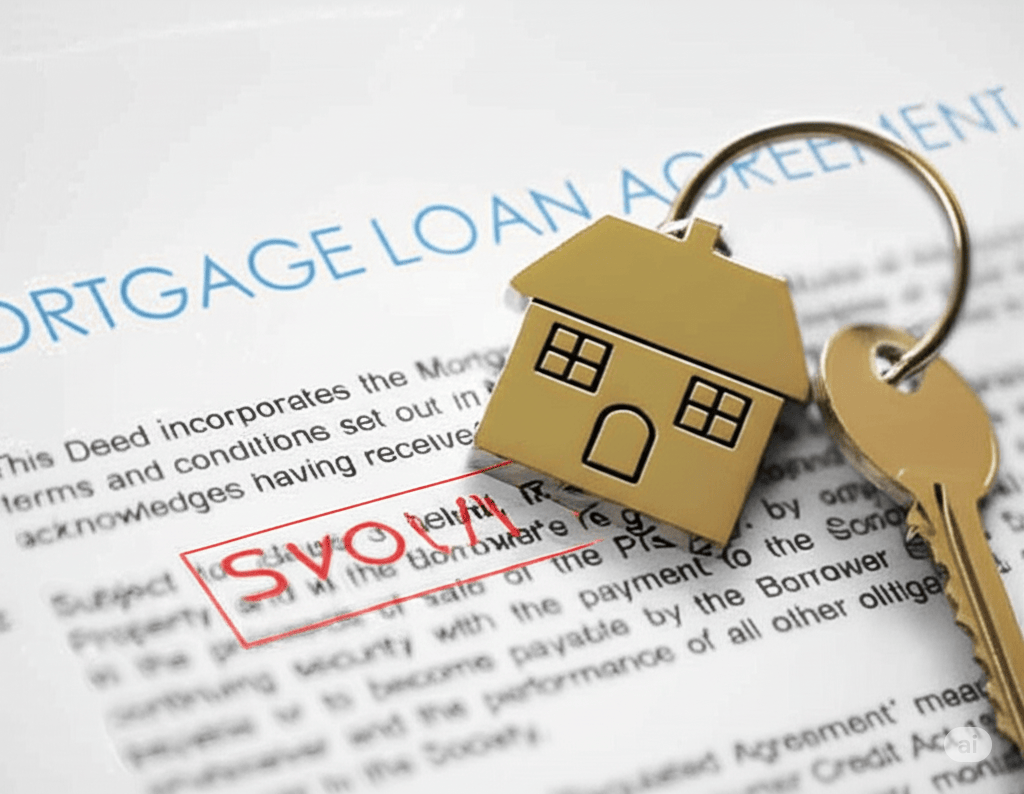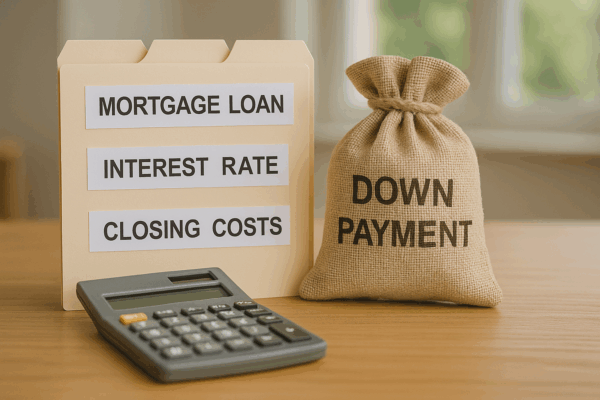Choosing the best mortgage lender is a critical first step on your path to homeownership. With a vast array of mortgage lenders available nationwide and locally, it can be overwhelming to determine which lender offers the best rates, loan options, and service tailored to your unique financial needs. The lender you select will influence not only your monthly payments but also your overall borrowing experience. This guide will help you understand what to look for and how to compare mortgage lenders effectively in 2025.

Competitive Mortgage Rates and Loan Types Matter
When selecting the best mortgage lender, one of the primary factors to consider is the interest rate offered. Competitive mortgage rates help keep your monthly payments affordable and reduce the total cost of your loan over time. Rates vary depending on market conditions, your credit score, and the type of loan you qualify for. Common loan types include conventional loans, FHA loans backed by the Federal Housing Administration, and VA loans guaranteed by the Department of Veterans Affairs. Each has its own eligibility requirements, benefits, and costs, so choosing a lender that offers multiple loan options ensures you have flexibility.
In addition to competitive rates, look for lenders that provide helpful online tools such as mortgage calculators and preapproval applications. These tools allow you to estimate payments, affordability, and prepare documentation in advance. A lender with strong digital resources can make your mortgage process quicker and easier.
Understanding Current Mortgage Rates Today
Mortgage rates today fluctuate frequently, often daily, in response to economic indicators like inflation, Federal Reserve policies, and bond market activity. In 2025, it is crucial to stay updated on current mortgage rates to time your loan application for the best possible rate. Rates can also differ based on loan term; for example, 15-year fixed rates are generally lower than 30-year fixed rates but come with higher monthly payments.
Tracking mortgage rates from major lenders such as Chase or Wells Fargo provides useful benchmarks. Additionally, rates on government-backed loans like VA mortgages tend to be competitive and offer unique benefits such as no down payment requirements. Comparing rates from multiple lenders will help you avoid paying more than necessary over the life of your loan.
Use Mortgage Calculators to Estimate Affordability
Before you speak to a lender, using mortgage calculators can give you a realistic picture of what you can afford. Mortgage payment calculators estimate your monthly payments based on loan amount, interest rate, loan term, taxes, and insurance. Affordability calculators help you determine how much house you can buy given your income and debts.
These tools also allow you to test different scenarios, such as how increasing your down payment or selecting a shorter loan term affects your monthly budget. By understanding these variables upfront, you can approach lenders with confidence and avoid surprises later in the process.

Get Preapproved for a Mortgage Early
Getting preapproved before you start house hunting can improve your chances in a competitive market. A mortgage preapproval involves a lender reviewing your financial documents and credit report to determine exactly how much you can borrow. This is more reliable than a simple prequalification, which usually does not include verification and provides only a rough estimate.
With a preapproval letter in hand, sellers take you more seriously because it shows you have financing lined up. Preapproval also narrows your home search to properties within your budget, saving you time and frustration.
Compare Mortgage Offers Beyond the Interest Rate
While interest rate is important, it’s just one piece of the puzzle when choosing the best mortgage lender. You should also compare loan terms, including whether the rate is fixed or adjustable. Fixed-rate loans provide stability with steady monthly payments over the life of the loan. Adjustable-rate mortgages (ARMs) start with a lower rate that can increase or decrease after a fixed period, which might be beneficial if you plan to sell or refinance soon.
Closing costs and lender fees can add significantly to your upfront expenses. Sometimes a loan with a slightly higher interest rate but lower fees is a better deal in the long run. Take time to review the Good Faith Estimate (GFE) or Loan Estimate forms provided by lenders, which detail all costs involved.
Customer service and lender reputation are equally important. A responsive, transparent lender who communicates clearly and processes paperwork efficiently can make your homebuying experience much smoother. Check online reviews, ask for referrals, and consider working with a mortgage broker if you want help navigating multiple loan offers.

Final Thoughts: Be an Educated Borrower in 2025
Buying a home is a major milestone and financial commitment. The best way to ensure success is by becoming an educated borrower. Start by regularly monitoring current mortgage rates and market conditions. Use online mortgage calculators to explore different loan scenarios and affordability. Obtain mortgage preapproval early to strengthen your buying position. Most importantly, compare multiple lenders thoroughly—don’t settle for the first offer you receive.
By taking these steps, you’ll be prepared to select a mortgage loan that fits your needs and budget. This approach will save you money, reduce stress, and give you confidence as you navigate the complex mortgage process in 2025.




